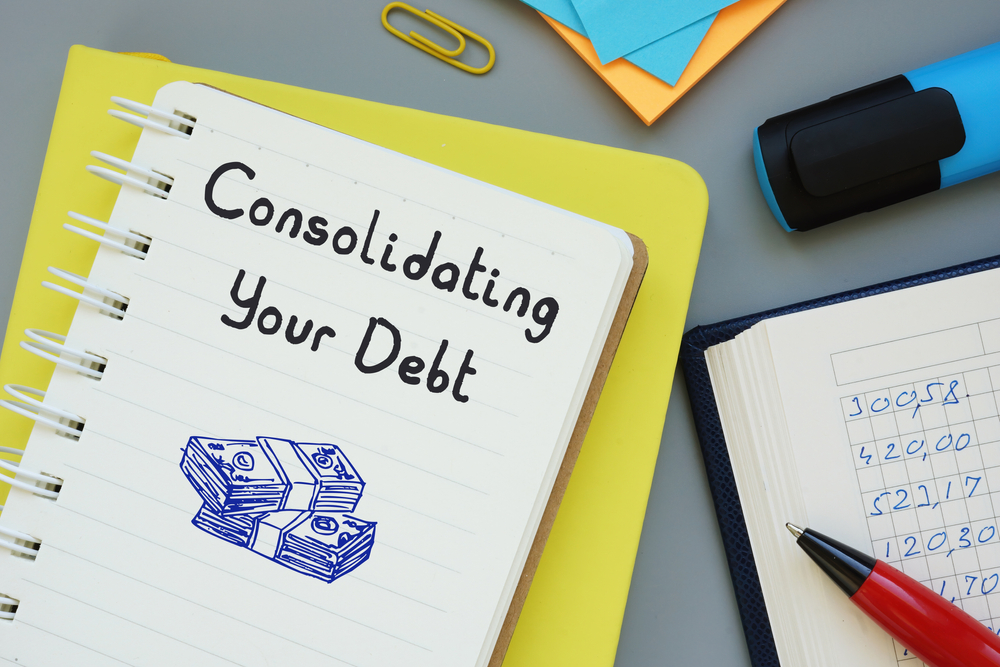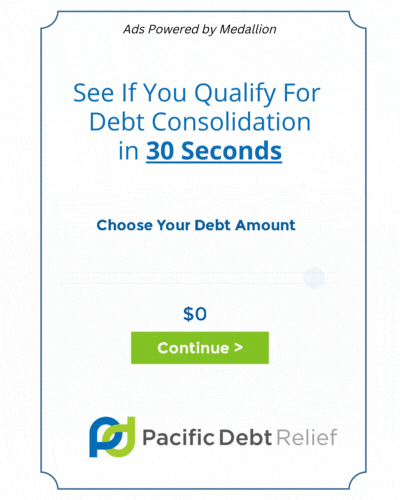Who is Tripoint?
Who is Tripoint? Are you thinking about getting a Tripoint Loan to help you pay off your credit cards? That may not be the wisest decision. You may have received a direct mail offer from Tripoint, with 0% low-interest rate offers that promise a bit more than they can actually deliver. The unrealistic interest offered to consumers with less-than-perfect credit is simply ridiculous.

Depending on your spending habits, you might be faced with an ever-mounting debt. Before things get out of hand and you end up giving up your property, start thinking of ways to get rid of the debt. Paying off your debt, however, is no easy task. Accelerating payments is the only effective way to set yourself free. One strategy to pay off your debt this way is the debt avalanche method. Read on to learn how the debt avalanche method works.
How the Debt Avalanche Method Works
The debt avalanche method focuses on paying off debts with the highest interest rates first. For example, if your highest-interest debt is a credit card balance with an APR (annual percentage rate) of 15%, you target this debt first, while paying off the minimum amount payable for other debts. All the extra money you have goes toward repaying the credit card debt with an APR of 15%.
Once this debt is fully paid, you move on to the debt with the next highest interest rate. You keep following this strategy until all your debts are paid off. This way, the higher interest-rate debt will crash down quickly like the rocks, snow, and other debris falls in the event of an avalanche.
What are the Benefits and Drawbacks of the Debt Avalanche vs Debthunch?
The order of debt payoffs emphasized in the debt avalanche method helps you save hundreds of dollars in interest payments. If you’re burdened with large amounts of debt, the technique should also help you pay off your debt a lot quicker than otherwise. These aspects make it the ideal strategy to save time and money.
On top of that, since you’re quickly getting rid of the most costly debt first, the debt avalanche strategy can spur motivation within you to pay off your debt. Knowing that it’s the shortest route to accomplishing a debt-free status and that you’ll save on interest payments makes you feel confident to achieve this goal. Like every option, however, the debt avalanche method has its own drawbacks.
With the debt avalanche method, you won’t longer be paying only the minimum, which most borrowers like to do. All your allocated money will go into paying off the highest interest debt. This can cause you to lose motivation to make payments, especially if your highest-interest debt also happens to have the highest balance. Sticking to the strategy might be difficult in this case because you’ll see little progress. If you skipped a month’s payment as a result of this, the debt avalanche method won’t be as effective. You’ll need a lot of commitment and discipline to adhere to the method in a situation like this.
Moreover, the debt avalanche method is also based on the unrealistic assumption that you’ll have a constant amount of discretionary income that you can use to pay off your debts. This means that an emergency or any significant disruption in your monthly budget can destroy the plan.
According to a 2018 research that compared the debt avalanche method with the debt snowball method, the former isn’t the best for those with habitual or motivational issues. If you struggle to control your spending habits or are quickly demotivated when faced with tough times, you won’t likely be able to stick to the strategy for long enough. On the other hand, if you don’t have such issues and your biggest priority is to pay off the debts as quickly as possible, the debt avalanche method is the best choice, according to the same study.
What Type of Debts Can be Tackled Using the Debt Avalanche Method?
Not all types of debt, however, can be tackled through the debt avalanche. This method could be used to pay off personal loans, auto loans, credit card debt, student loans, and medical bills, among other types. Whatever debt you address with a debt avalanche, you will pay off the highest-interest debt first.
Alternative Strategies to Debt Avalanche
If you think that the debt avalanche method isn’t right for you, you do have other options. Let’s take a look at a few of them individually:
Debt Snowball Strategy
This approach involves paying off debt with the smallest balance first, followed by the next smallest debt, and so on, regardless of the interest rate that applies to each. In other words, you’re tackling the easy job first. The monthly amount you’ve allocated to pay off the debt all goes into paying the smallest debt, while only paying the minimum amount on the rest of the debts.
The biggest advantage of the debt snowball method is that you see quick progress that serves as a motivating factor for you. The quick, early wins with the repayment of the few smallest debts pump you to completely get rid of the debt.
Debt Consolidation Loan
By acquiring a debt consolidation loan, you combine all your debts into a single loan requiring one monthly payment. The purpose is to get a better grip on eliminating your loan. If you do things right, the interest rate you pay for a single, consolidated loan may be lower than the interest rates of multiple debts combined. With only one loan to track, you may even be able to repay all your debt quicker than otherwise.
However, when obtaining a debt consolidation loan, you may be required to pay a fee. Over the life of the consolidated loan, you may even end up paying more in interest. The method also commonly gives the false sense that you have more to spend. If you fall for this and increase your spending instead of controlling it, the strategy won’t help you address your financial issues at all. In fact, your debt burden may exacerbate.
Conclusion
To sum it up, there’s no right or wrong method to eliminate debt. Use your priorities, ability to control spending habits, and motivation to decide which is the best method for you. After going through this guide, you should know how the debt avalanche method works and whether or not it’s the right one for you. We also compared it with two other methods that you may choose.
Use this guide to choose the method that’s best for you. But once you’ve chosen a technique, stick with it until your debt is fully eliminated.








